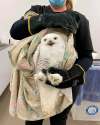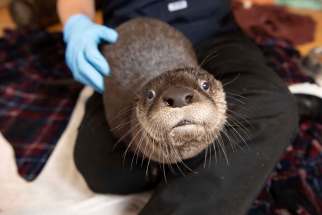Creature comforts: Wildlife Haven opens hospital, adds vet to staff
Read this article for free:
or
Already have an account? Log in here »
To continue reading, please subscribe:
Monthly Digital Subscription
$1 per week for 24 weeks*
- Enjoy unlimited reading on winnipegfreepress.com
- Read the E-Edition, our digital replica newspaper
- Access News Break, our award-winning app
- Play interactive puzzles
*Billed as $4.00 plus GST every four weeks. After 24 weeks, price increases to the regular rate of $19.00 plus GST every four weeks. Offer available to new and qualified returning subscribers only. Cancel any time.
Monthly Digital Subscription
$4.75/week*
- Enjoy unlimited reading on winnipegfreepress.com
- Read the E-Edition, our digital replica newspaper
- Access News Break, our award-winning app
- Play interactive puzzles
*Billed as $19 plus GST every four weeks. Cancel any time.
To continue reading, please subscribe:
Add Free Press access to your Brandon Sun subscription for only an additional
$1 for the first 4 weeks*
*Your next subscription payment will increase by $1.00 and you will be charged $16.99 plus GST for four weeks. After four weeks, your payment will increase to $23.99 plus GST every four weeks.
Read unlimited articles for free today:
or
Already have an account? Log in here »
Hey there, time traveller!
This article was published 04/08/2021 (1549 days ago), so information in it may no longer be current.
ÎLE-DES-CHÊNES — An otter writhed and scooted away as he tried to escape from a room at the Wildlife Haven Rehabilitation Centre — a far cry from his river habitat.
He had been orphaned, and had been improperly fed by humans; ground pork and dog food just don’t cut it with the species that thrives on fish, frogs, birds and plants. He was taken to the centre for care and recovery and is a patient in its hospital wing — the first wildlife veterinary hospital in Manitoba, which was unveiled Wednesday.
Veterinarian Sayrah Gilbert, the staff and volunteers have a lot of work to do: the centre has had a 21.5 per cent jump in patients this year compared to 2020.

“It really takes a village when you’re talking about rehabilitating wildlife,” she said. “(It’s) never a dull moment.”
On Wednesday, Gilbert planned to surgically remove a metal pellet from a red-tailed hawk’s wing. Animals often enter with arrows and pellets protruding from them, she said.
Earlier, she had helped a falcon ensnared by a fishing lure. It couldn’t walk. Left alone, it would likely die of infection from the snare. In the wild, it might have died from starvation.
The presence of a full-time veterinarian has opened the door to on-site surgeries and access to stronger medication, among other things.
Wildlife Haven now has a diagnostics room with special equipment, including an X-ray machine, centrifuge and cups for fecal parasite testing. An operation room houses a table which can tilt (this helps with flushing out stomachs), an anesthesia machine and monitoring technology.
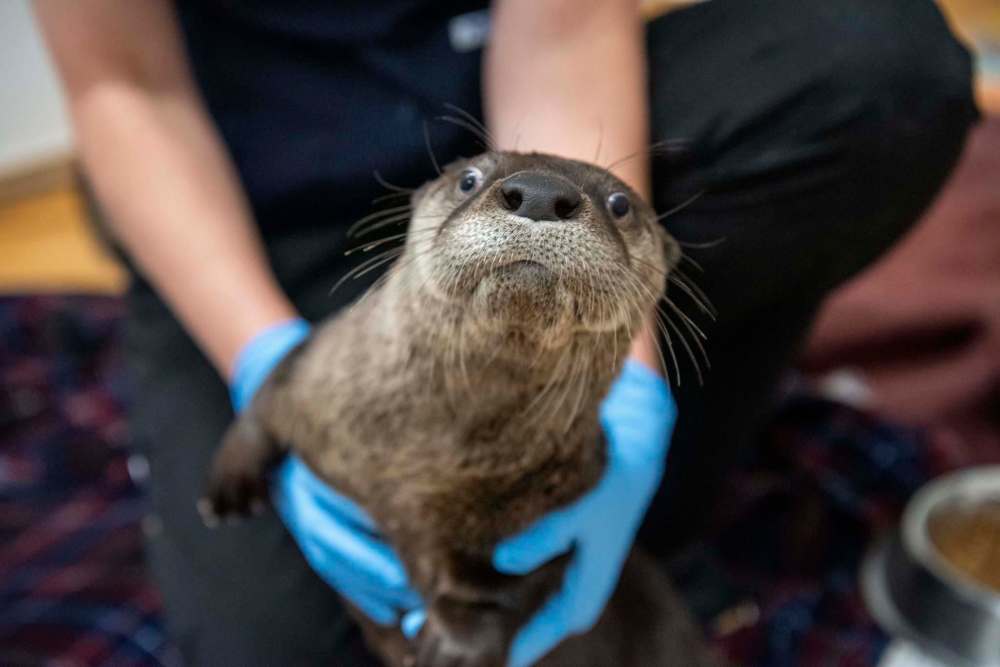
The roughly 500-square-foot space was retrofitted using $60,000 raised from donations.
The centre doesn’t receive government funding and is searching for another $20,000 to buy more equipment and upgrade its X-ray machine.
This year, the centre has had 2,300 patients so far.
“I’m not surprised that we’re going up (in numbers),” said Gilbert.
Most cases are a result of human-related activity, she said. A loss of food and habitat due to forest fires burning in Manitoba may have forced animals closer to human-populated areas.
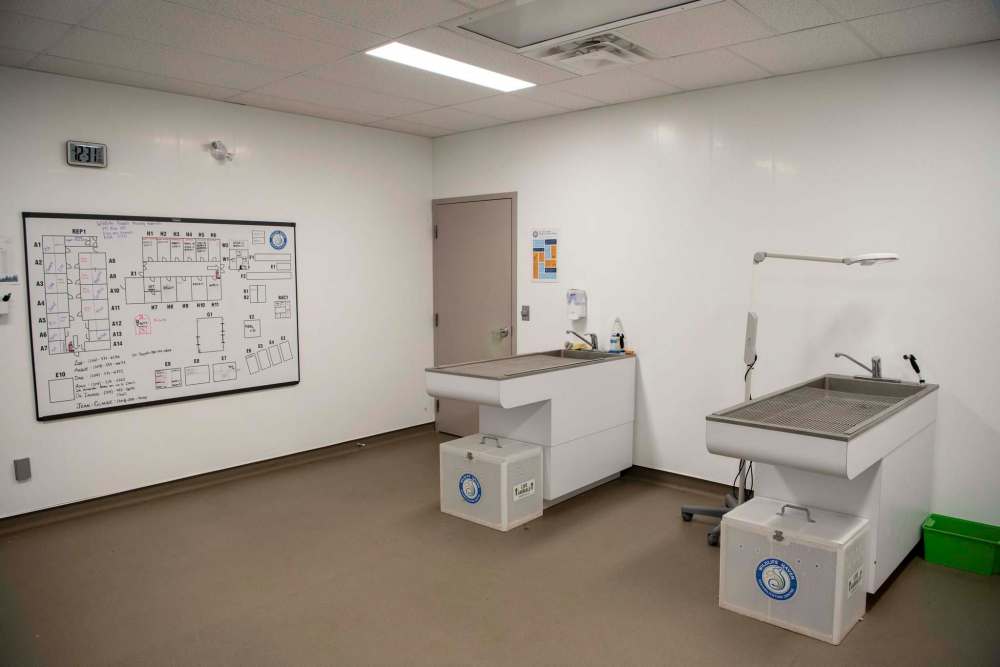
The pandemic could also contribute to the increase, said Sherri Cox, a wildlife veterinarian who is mentoring Gilbert at the new hospital.
“The public are outside more,” Cox said. “They’ve been working from home, they’re doing more walks, and we see, generally speaking, people are finding wildlife in trouble.”
Animal populations in Canada will be seriously affected by climate change — forest fires, droughts and temperature warming — in the coming years, Cox said.
“By having the hospital now, we can run all the diagnostics and blood work and X-rays and surgeries, so we can help more animals,” she said. “That’s important to all of us.”
Cox founded the National Wildlife Centre, which provides medical care to wild animals, in 2014. It operates in Manitoba, Nova Scotia, Ontario and Alberta.

Cox and Zoé Nakata, Wildlife Haven’s executive director, began talk of creating a hospital in the rehabilitation centre in February 2020.
“The pandemic slowed the process a little bit, but (I’m) still pretty proud that we were able to pull it off in this amount of time,” Nakata said.
The charity has treated more than 41,500 animals during its 37-year existence. In 2020, 81 per cent of patients were birds, including owls and falcons. Red foxes, beavers, squirrels, turtles and other creatures also needed care.
Conservation officers, police and concerned citizens drop off injured and orphaned animals. Creatures hitting cars, windows, wind turbines and other man-made contraptions are common reasons for needing attention, Cox said.
“We care about the wildlife, and we don’t want to see any wildlife suffer, especially at the hands of what we do as humans.”

The centre can host more than 350 patients at a time.
gabrielle.piche@freepress.mb.ca
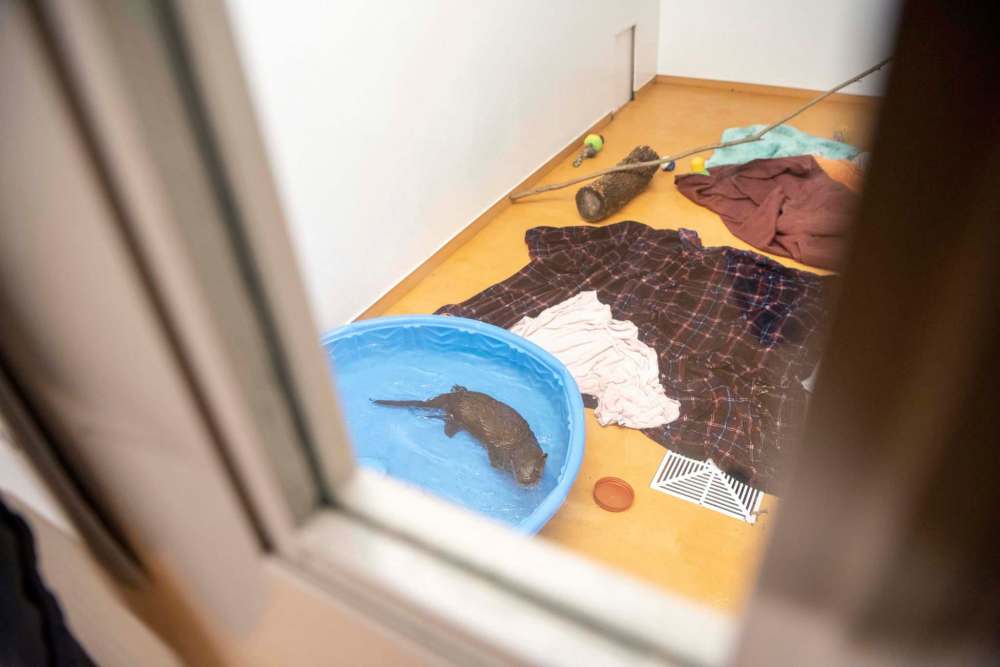

Gabrielle Piché reports on business for the Free Press. She interned at the Free Press and worked for its sister outlet, Canstar Community News, before entering the business beat in 2021. Read more about Gabrielle.
Every piece of reporting Gabrielle produces is reviewed by an editing team before it is posted online or published in print — part of the Free Press‘s tradition, since 1872, of producing reliable independent journalism. Read more about Free Press’s history and mandate, and learn how our newsroom operates.
Our newsroom depends on a growing audience of readers to power our journalism. If you are not a paid reader, please consider becoming a subscriber.
Our newsroom depends on its audience of readers to power our journalism. Thank you for your support.

